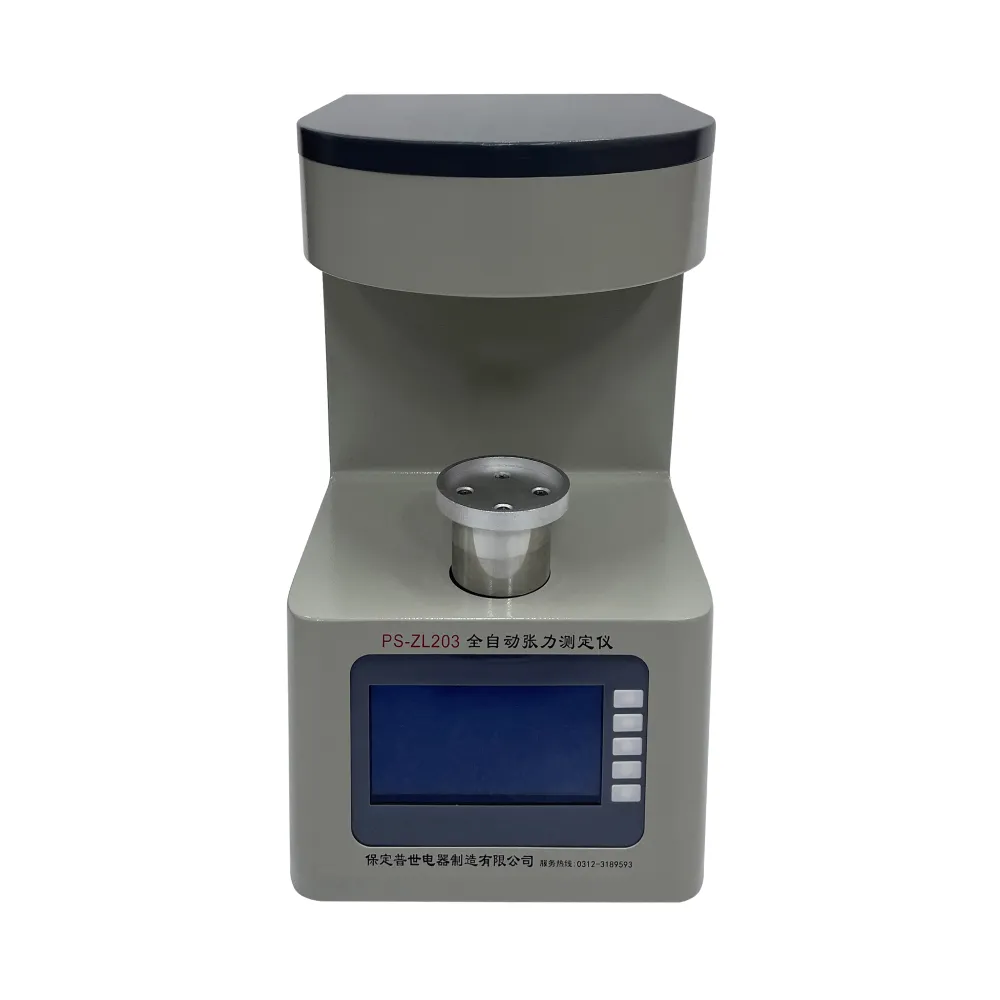 English
English



-
 Afrikaans
Afrikaans -
 Albanian
Albanian -
 Amharic
Amharic -
 Arabic
Arabic -
 Armenian
Armenian -
 Azerbaijani
Azerbaijani -
 Basque
Basque -
 Belarusian
Belarusian -
 Bengali
Bengali -
 Bosnian
Bosnian -
 Bulgarian
Bulgarian -
 Catalan
Catalan -
 Cebuano
Cebuano -
 China
China -
 China (Taiwan)
China (Taiwan) -
 Corsican
Corsican -
 Croatian
Croatian -
 Czech
Czech -
 Danish
Danish -
 Dutch
Dutch -
 English
English -
 Esperanto
Esperanto -
 Estonian
Estonian -
 Finnish
Finnish -
 French
French -
 Frisian
Frisian -
 Galician
Galician -
 Georgian
Georgian -
 German
German -
 Greek
Greek -
 Gujarati
Gujarati -
 Haitian Creole
Haitian Creole -
 hausa
hausa -
 hawaiian
hawaiian -
 Hebrew
Hebrew -
 Hindi
Hindi -
 Miao
Miao -
 Hungarian
Hungarian -
 Icelandic
Icelandic -
 igbo
igbo -
 Indonesian
Indonesian -
 irish
irish -
 Italian
Italian -
 Japanese
Japanese -
 Javanese
Javanese -
 Kannada
Kannada -
 kazakh
kazakh -
 Khmer
Khmer -
 Rwandese
Rwandese -
 Korean
Korean -
 Kurdish
Kurdish -
 Kyrgyz
Kyrgyz -
 Lao
Lao -
 Latin
Latin -
 Latvian
Latvian -
 Lithuanian
Lithuanian -
 Luxembourgish
Luxembourgish -
 Macedonian
Macedonian -
 Malgashi
Malgashi -
 Malay
Malay -
 Malayalam
Malayalam -
 Maltese
Maltese -
 Maori
Maori -
 Marathi
Marathi -
 Mongolian
Mongolian -
 Myanmar
Myanmar -
 Nepali
Nepali -
 Norwegian
Norwegian -
 Norwegian
Norwegian -
 Occitan
Occitan -
 Pashto
Pashto -
 Persian
Persian -
 Polish
Polish -
 Portuguese
Portuguese -
 Punjabi
Punjabi -
 Romanian
Romanian -
 Russian
Russian -
 Samoan
Samoan -
 Scottish Gaelic
Scottish Gaelic -
 Serbian
Serbian -
 Sesotho
Sesotho -
 Shona
Shona -
 Sindhi
Sindhi -
 Sinhala
Sinhala -
 Slovak
Slovak -
 Slovenian
Slovenian -
 Somali
Somali -
 Spanish
Spanish -
 Sundanese
Sundanese -
 Swahili
Swahili -
 Swedish
Swedish -
 Tagalog
Tagalog -
 Tajik
Tajik -
 Tamil
Tamil -
 Tatar
Tatar -
 Telugu
Telugu -
 Thai
Thai -
 Turkish
Turkish -
 Turkmen
Turkmen -
 Ukrainian
Ukrainian -
 Urdu
Urdu -
 Uighur
Uighur -
 Uzbek
Uzbek -
 Vietnamese
Vietnamese -
 Welsh
Welsh -
 Bantu
Bantu -
 Yiddish
Yiddish -
 Yoruba
Yoruba -
 Zulu
Zulu
transformer commissioning tests pdf
Transformer Commissioning Tests Ensuring Reliability and Performance
The commissioning of transformers is a critical procedure in the power sector, aimed at confirming that a transformer has been installed correctly and is ready for operation. Transformer commissioning tests are systematic evaluations designed to validate the performance and safety of transformers before they are put into service. These tests help identify potential issues that could lead to failure, ensuring that the transformer operates effectively and reliably throughout its life cycle.
Importance of Transformer Commissioning
Transformers play a vital role in electrical distribution systems, stepping voltage levels up or down as necessary. They must operate efficiently under varying loads and conditions. A poorly commissioned transformer can result in inefficiencies, unexpected downtime, and even catastrophic failures. Therefore, rigorous commissioning tests are essential to foster confidence in the operational capabilities and reliability of the transformer.
Key Commissioning Tests
1. Insulation Resistance Test This test evaluates the insulation of the windings and the overall health of the transformer. High insulation resistance values indicate a healthy insulation system. Measurements typically utilize a megohmmeter, and values should be compared against manufacturer specifications and industry standards.
2. Turns Ratio Test This test determines the ratio of the number of turns in the primary winding to that in the secondary winding. A significant deviation from the expected turns ratio can indicate problems such as shorted turns or issues in winding connections.
3. Power Factor Test This test assesses the dielectric losses in the insulation system. By using a power factor tester, the dissipation factor or power factor of the transformer’s insulation can be determined. A high power factor may indicate degradation in insulation quality.
4. Dynamic Resistance Test This measures the resistance of the windings during operation. The test results help identify any imbalance or differences in the winding resistances, shedding light on potential faults or damage.
transformer commissioning tests pdf

5. Circuit breaker and relay testing Since transformers function in coordination with circuit breakers and protective relays, testing these elements is essential. Ensuring that these components operate correctly enhances the safety of the transformer and the entire electrical system.
6. Thermal Imaging Using thermal imaging cameras enables technicians to identify hot spots within the transformer that may not be evident through traditional testing methods. Identifying these hot spots can help prevent future failures.
Environmental and Safety Considerations
When commissioning transformers, environmental and safety considerations must be taken into account. Transformers can contain hazardous materials such as oil, which poses environmental risks if not handled properly. Adhering to safety protocols during testing and commissioning ensures the safety of personnel and minimizes environmental impact.
Documentation and Compliance
Thorough documentation of all commissioning tests is essential. This documentation serves multiple purposes it provides a reference for future maintenance, supports compliance with industry regulations, and helps in troubleshooting any issues that arise during the operational phase. It is crucial for engineers and technicians to maintain accurate records of test results, methodologies, and observations.
Conclusion
In conclusion, transformer commissioning tests are indispensable for verifying the functionality, safety, and efficiency of transformers before they are placed into service. Adhering to a comprehensive testing protocol reduces the potential for future problems and enhances the longevity of the transformer. As power demand continues to grow, the importance of reliable transformer operations cannot be overstated, making stringent commissioning practices vital for the seamless functioning of modern electrical systems. By investing in thorough commissioning testing and focusing on continuous improvement, utilities can help ensure a reliable electrical infrastructure for the future.
-
Testing Equipment Industry Sees Major Advancements in 2025: Smart & Precision Technologies Lead the WayNewsJun.06,2025
-
Applications of Direct Current Generators in Renewable Energy SystemsNewsJun.05,2025
-
Hipot Tester Calibration and Accuracy GuidelinesNewsJun.05,2025
-
Digital Circuit Breaker Analyzer Features and BenefitsNewsJun.05,2025
-
Benefits of Real-Time Power Quality Monitoring Devices for Industrial EfficiencyNewsJun.05,2025
-
Earth Fault Loop Testing in High-Rise Building Electrical SystemsNewsJun.05,2025



